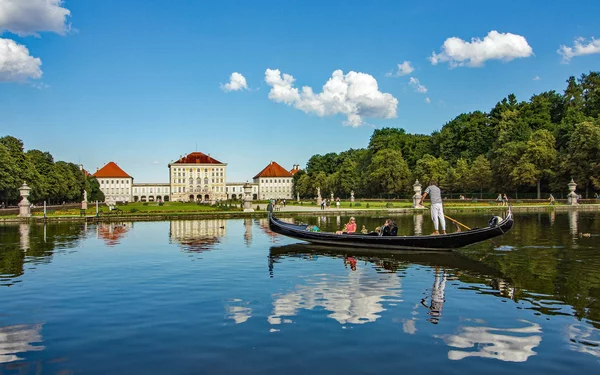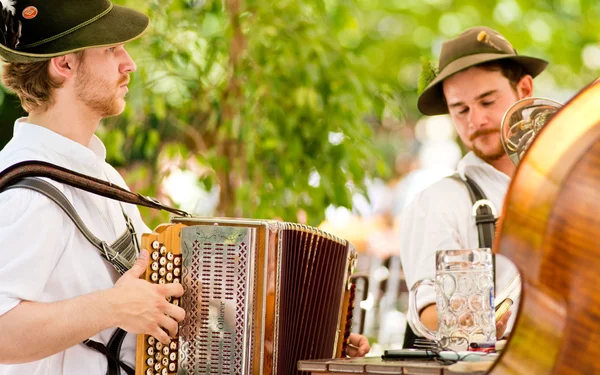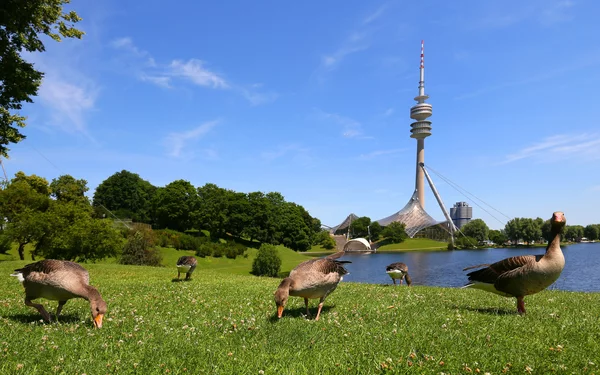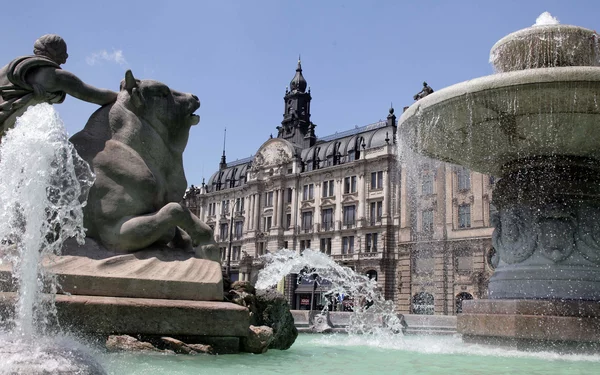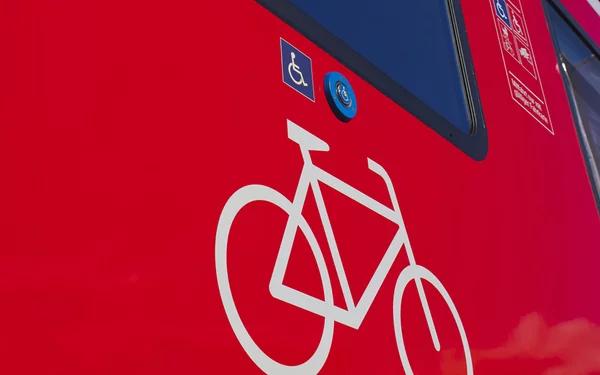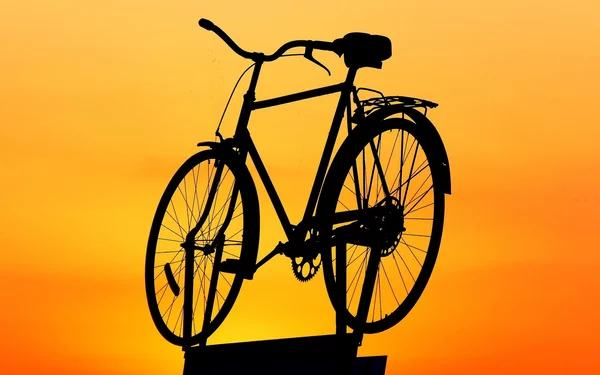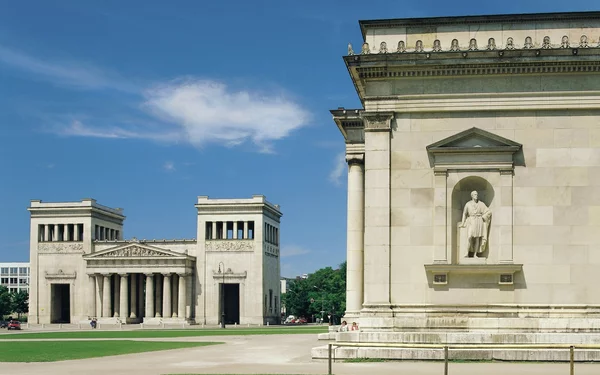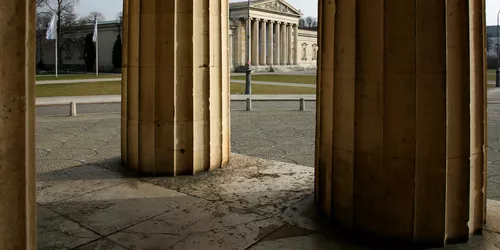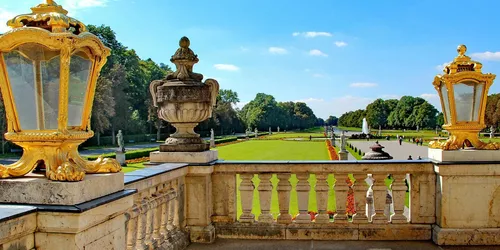Discover the Munich way of life
Cycle relaxed through Munich and discover highlights such as Nymphenburg Palace, the Olympic Park and Königsplatz. A perfect tour for culture, history and the Bavarian way of life!
München
5 h
20 km
Munich is the secret cycling capital of Germany. Well-developed cycle paths, flat routes, culture, history, vibrancy, lots of greenery, culinary temptations along the way - this city offers everything your heart desires. This circular cycle tour will give you a good insight into Munich's history and way of life, an overview of the city's layout and sights.
You can hire your bike conveniently from Radius Bikes at the railway station.
The tour is easy to cycle.
A cycle tour for culture lovers and connoisseurs
Arrive relaxed and hire bikes from local hire companies. The capacity for taking bikes on the trains is limited and, depending on capacity utilisation, taking your own bike on board cannot be guaranteed.
Start and end station
Start station
München Hbf
7 tour steps
20 km / 5 Stunden
End station
München Hbf
Our tip: Please make sure to check your train connection and the expected capacity before you start your journey.
Schedule
Tour starts on München Hbf
Direction
Bayerstr. 10a
80335
München
Direction
Arnulfstr. 3
80335
München
Direction
Königsplatz
80333
München
Direction
Direction
Olympiasee
80809
München
Direction
Siegestor
80539
München
Direction
Max-Joseph-Platz
80539
München
